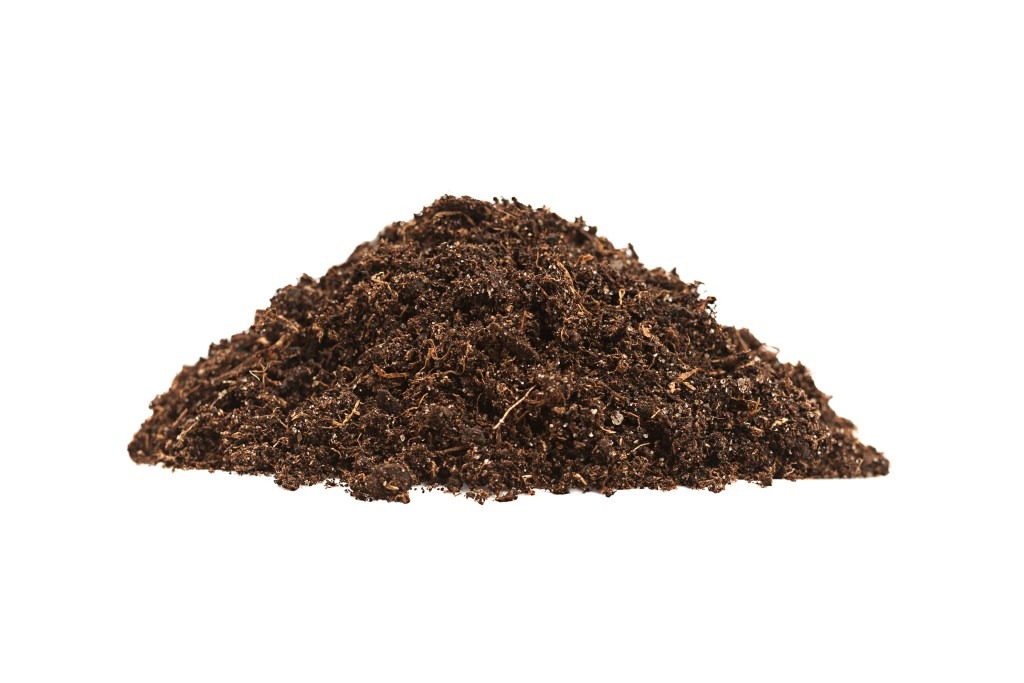We already know from the marketing people that 85% of Google searches are done to find funeral homes, but if someone Googles information about the different aspects of funeral services, what do they find? Is this information from a reputable source, made for shock value, or simply an ad for a product? Let’s do a simple experiment and look at the top of the Google page for some common questions and examine their sources.
“Why don’t you just Google it?” has become an almost sarcastic reply to anyone’s question about anything. It is a reflex to a question we don’t know the answer to, and a one-way ticket down a rabbit hole. Most importantly, it is a tool implemented by the generations who will be planning the services for the Baby Boomers. We already know from the marketing people that 85% of Google searches are done to find funeral homes, but if someone Googles information about the different aspects of funeral services, what do they find? Is this information from a reputable source, made for shock value, or simply an ad for a product? Let’s do a simple experiment and look at the top of the Google page for some common questions and examine their sources. I will also include a link to the Wikipedia article for your review, because we all rely on Wikipedia for things occasionally, right?
What is a Coffin?
Google Results
Yes, I know, here in the US we sell caskets, but the public is still using the term “coffin,” and are just as likely to Google that term. Right out of the gate, we see this article called Coffin vs. Casket: What is the Difference? from Memorial Planning. As a funeral service person, I give this article a “B” because I find it hard to remove my critical eye, but I love that the article instantly differentiates between casket and coffin which is a funeral service “pet peeve.” I also believe that this gives the public enough information to understand the purpose of a casket and generally what it is used for.
Now what is the purpose of Memorial Planning? You guessed it, Memorial Planning is a pre-planning resource. The company behind this article is Everstory Partners, a corporation that has 385 funeral homes and cemeteries in the Midwest and Southeast. Regardless of what you think of corporate funeral homes, you’d have a hard time disagreeing that it is in their best interest to give out good information.
Wikipedia Article on Coffins
This one does describe the difference between caskets and coffins but also some great examples both historically and contemporary. Featured is a section on personalized caskets in Ghana, which may result in a family asking you about personalizing their own casket.

What is Embalming?
Google Results
The owners of Hadley Marcom Chapels must really enjoy the amount of traffic to their website via their article How Embalming Works. What I like about this article is that is written in simple and plain way to explain the chemistry of embalming, light touches on the procedure itself, and dispels some myths. Their website also has some other helpful resources such as Funeral Etiquette, and What is a Eulogy?Good for them for being transparent with their customers and having a useful resource for us to share with our families.

Photo Credit—Amanda King
Wikipedia Article on Embalming
In true Wikipedia fashion, we get a mixture of good and bad. The good: a relatively straightforward description of the process, history of the practice, and long list of famous embalmings. The bad: a picture of “a tank containing embalming fluid” that is unrecognizable to me, and the continued myth that embalmed bodies are harmful to the environment.
What is Cremation?
Google Results
After a definition from Dictionary.com that says it is “the disposal of a dead person’s body by burning it to ashes, typically after a funeral ceremony.” We get an article produced by National Cremation called “What is Cremation?” . The article itself is very straightforward and defines many terms families might hear when making arrangements. It also includes a link to an article by The Cremation Association of North America titled Cremation Process. Again we have an article created by a business for consumer education, and National Cremation makes the claim that they are “the nation’s oldest and largest provider of simple and affordable cremation services” on their website.
Wikipedia article on Cremation
Right beneath National Cremation’s article is the WIkipedia article. In my opinion, if I were someone trying to learn about cremation, it is very good resource. It includes a long history of cremation, a description of the modern process, a discussion on cremation containers, and a cultural analysis of cremation.

What is Green Burial?
Google results
Here we see our first organization as the top result as opposed to a business when we get the article Green Burial Defined from the Green Burial Council. This article is a FAQ list of questions such as “will animals dig up the bodies?” and “will decomposing bodies pollute the water?” It contains some light misinformation and speculation about the end of embalming but generally focuses on the good of green burial rather than throwing shade on other industry practices.
Wikipedia article on Natural Burial
Way down the bottom of the page passed America’s least favorite funeral commentator and another article by Memorial Planning, we find the Wikipedia article on natural burial. It contains religious practices and locations of green cemeteries in addition to what natural burial is. It also features this little stat under the “Environmental Considerations” heading about what is buried in a traditional funeral “3,200 m3 of embalming fluid, which usually includes formaldehyde.[9]
That little 9 at the end of the sentence leads us to this statement when we scroll down “Embalming fluid chemically changes in the act of preserving the body and is not largely present as a fluid. This figure refers to embalming fluid before it is introduced to the body.” This of course contradicts itself because embalming fluid is not buried at all due to the fact it is a chemical change and is all gone before the person is buried.
What is Human Composting?
Google Results
Much to my surprise, the first article comes to us from WebMD of all places and is entitled “What is Human Composting: How it Works and Where It’s Legal” This article is very informative and gives the layperson a great look at the process. I find this to be helpful for all of us because as a new form of disposition, even our community still doesn’t fully understand it. It even includes the alternative (and in my opinion better name) of Natural Organic Reduction. I used “human composting” in my search because I assumed that the layperson may be more familiar with this term.

Wikipedia Article on Human Composting
It probably will come as no surprise that this is the shortest of Wikipedia articles thus far as it is pretty new. It gives a brief history and cultural discourse on the practice.
What is Water Cremation?
Google results
The top result comes from a very upscale source; Smithsonian Magazine with an article entitled Could Water Cremation Become the New American Way of Death? The profile of this disposition was raised when Nobel Laureate and anti-apartheid leader Desmond Tutu requested this method of disposition which is what triggered the writing of this article. Of the articles thus far, this one includes a lot of excellent factual information and charts from sources such as Bio-Response Solutions (one of the original purveyors of alkaline hydrolysis) and CANA.
Wikipedia Article on Water Cremation
The second result is the Wikipedia Article on alkaline hydrolysis. This article is also very short and provides a brief overview of the process in addition to the legal status by state.
These are obviously just a few things people might Google when trying to learn about funeral services before they enter your arrangements room. So, what can we take away?
- These all come from generally reputable sources. Yes, most of them are businesses but that means they are staking their reputation on being a good information provider. There are some biases that are shown based on who they are, but there is an effort to be transparent and correct. Yes, I know Wikipedia is Wikipedia, but even in this case I would give them good marks for their efforts.
- Families are empowered to ask more poignant questions. An overarching theme of the Wikipedia articles is unique instances for answers to these questions. This may lead families to wonder about their ability to do some of these things. This has even applied pressure to the Catholic Church with their decision to allow families to keep some of their loved ones cremated remains. Further, don’t be surprised if a family uses some industry terms such as “retort” in their conversations with you.
- They are written by or include the input of funeral service professionals. The creators or editors of these resources use language similar to the language you might use when explaining process to your families.
- They provide a model for your own funeral home. If you are interested in adding some educational material to your website these provide good examples for you to use.
- No influencers. I had a concern that the first results for some of these questions would lead me to opinions rather than facts coming from individuals who are more interested in views than providing an accurate resource.
Information about funeral service is more available now than ever before. Couple that with the habit of people to “just Google it” when they want to know something. This availability of information raises our standard of care because the things that we used to do behind closed doors are a matter of public interest. We also aren’t the only resources for an explanation anymore and we have to be aware of what the general public is seeing either through purposeful search or happenstance.
WHY DON’T YOU JUST GOOGLE IT? 🙄